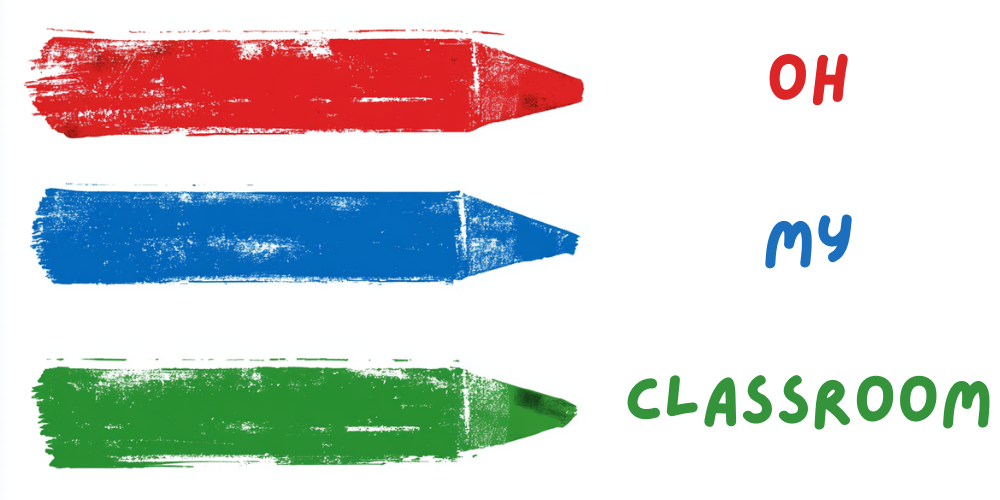Playdough is a versatile and engaging sensory material that offers numerous benefits for preschoolers.
It stimulates their imagination, develops fine motor skills, enhances creativity, and encourages hands-on exploration.
With a little creativity and some simple tools, you can transform playdough into a fun and educational activity for your preschoolers.
Now, we will explore the Amazing Playdough Activities for Preschoolers that are not only enjoyable but also contribute to the overall development of young children.
So, let’s dive in and discover the exciting world of playdough!
Playdough Bakery:
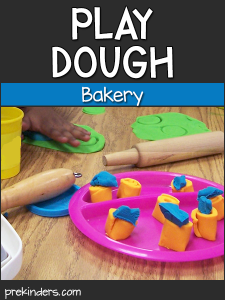
Set up a pretend bakery by providing your preschoolers with playdough in different colors. Encourage them to create their own bakery items like cupcakes, cookies, and bread rolls. They can use cookie cutters, rolling pins, and plastic knives to shape and decorate their delicious creations. This activity promotes creativity, fine motor skills, and imaginative play as they engage in role-playing as bakers.
Playdough Imprints:
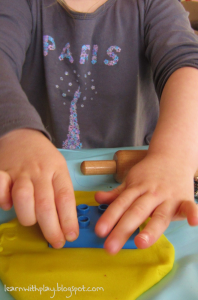
Give your preschoolers a variety of objects with interesting textures, such as leaves, coins, or textured fabrics. Flatten the playdough and have them press the objects onto the surface, leaving imprints. They can experiment with different textures and patterns, observing the unique designs they create. This activity stimulates sensory exploration, promotes hand-eye coordination, and encourages scientific observation.
Related: 20 Simple Calming Activities for Preschool Kids
Playdough Color Mixing:
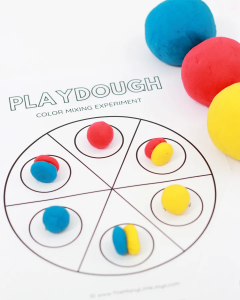
Provide your preschoolers with primary colored playdough, such as red, blue, and yellow. Encourage them to explore color mixing by combining different amounts of these primary colors to create secondary colors like purple, green, and orange. They can knead and mix the playdough until they achieve the desired shades. This activity not only introduces the concept of color mixing but also enhances their fine motor skills and cognitive development.
Playdough Nature Walk:
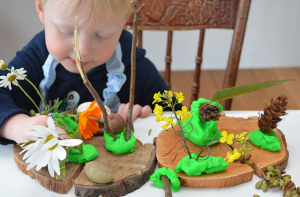
Take your preschoolers on a nature walk and collect various natural materials like twigs, leaves, and flowers. Back in the classroom, give them playdough and invite them to use natural materials to create sculptures and arrangements. They can press the items into the playdough or build structures around them. This activity promotes appreciation for nature, encourages sensory exploration, and sparks creativity.
Related: 20 Easy Pipe Cleaner Crafts for Kids
Playdough Math:
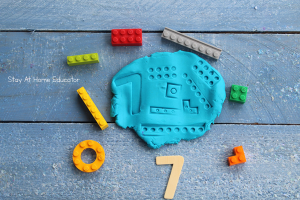
Incorporate playdough into math activities to make learning numbers and basic math concepts more interactive and enjoyable. Create number cards and have your preschoolers form the corresponding number of playdough balls or create shapes with a specific number of sides. They can also practice counting, sorting, and patterning using playdough. This activity combines sensory play with early math skills, promoting number recognition, counting, and problem-solving abilities.
Playdough Storytelling:
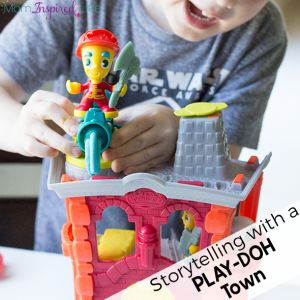
Encourage your preschoolers to create characters and objects out of playdough that they can use to act out their own stories. They can mold animals, people, and props to bring their narratives to life. This activity promotes language development, storytelling skills, and imaginative play.
Playdough Shape Sorting:
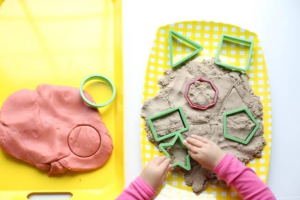
Use different shapes cut out from cardboard or foam and provide your preschoolers with playdough. Challenge them to match the playdough to the corresponding shape by molding it into the correct shape. This activity enhances their shape recognition, fine motor skills, and hand-eye coordination.
Playdough Texture Exploration:
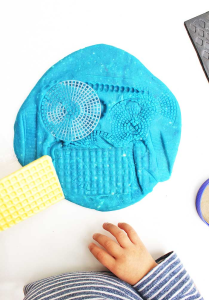
Gather a variety of materials with different textures, such as sandpaper, fabric, bubble wrap, and feathers. Flatten the playdough and have your preschoolers press these materials into the playdough, creating interesting textures and patterns. They can experiment with the different sensations and observe how each texture leaves its mark. This activity stimulates sensory exploration, creativity, and tactile development.
Playdough Alphabet Hunt:
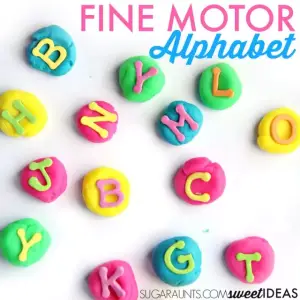
Hide small alphabet letters made of playdough in a sensory bin or around the room. Provide your preschoolers with a list of letters to find and encourage them to dig through the playdough to uncover the hidden letters. This activity promotes letter recognition, and fine motor skills, and provides a playful way to practice the alphabet.
Playdough Shape Building:
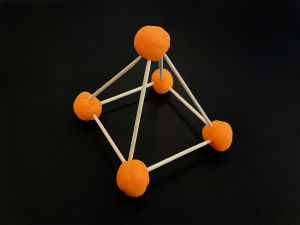
Give your preschoolers various 3D geometric shapes, such as cubes, cylinders, and spheres, made from playdough. Challenge them to use these shapes to build structures like houses, towers, or bridges. This activity enhances their spatial awareness, and problem-solving skills, and promotes an understanding of basic geometry concepts.
Playdough Letter Formation:
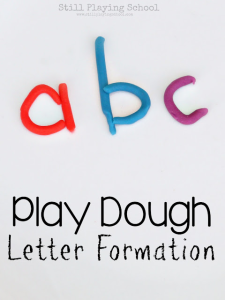
Roll out the playdough into long, thin snakes. Provide your preschoolers with letter cards or writing guides, and have them use the playdough snakes to form the shapes of the letters. This activity helps develop fine motor skills, hand-eye coordination, and letter recognition.
Playdough Nature Prints:
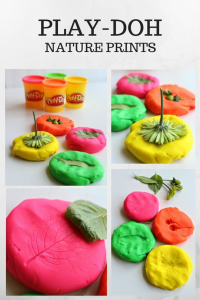
Take your preschoolers on a nature hunt to collect various objects with interesting textures, such as leaves, pinecones, or seashells. Back in the classroom, flatten the playdough and press the natural objects into the dough, creating imprints. Discuss the different textures and patterns created, fostering sensory exploration and creativity.
Playdough Construction Site:
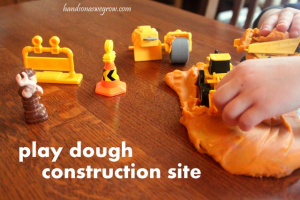
Set up a construction-themed play area with toy construction vehicles, small building blocks, and playdough. Encourage your preschoolers to use the playdough as “cement” to stick the blocks together or create roads and structures for the vehicles. This activity promotes imaginative play, fine motor skills, and spatial awareness.
Playdough Emotions:
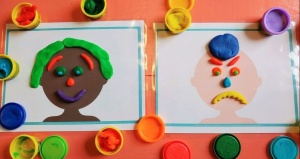
Give your preschoolers a variety of playdough colors and ask them to create different facial expressions to represent different emotions like happiness, sadness, or surprise. They can mold the playdough into eyes, eyebrows, and mouths to depict the emotions they choose. This activity helps children develop emotional awareness and empathy while enhancing their fine motor skills.
Playdough Science Experiments:
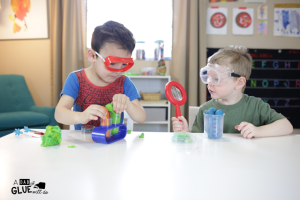
Use playdough to conduct simple science experiments with your preschoolers. For example, they can create different shapes and sizes of balls using playdough and test which one rolls the farthest or fastest. They can also experiment with sinking and floating by shaping playdough into different objects and observing how they behave in water. This activity encourages critical thinking, prediction skills, and scientific exploration.
Playdough Nature Faces:
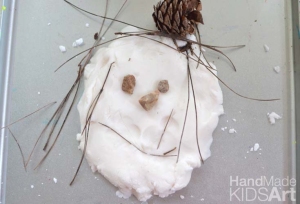
Encourage your preschoolers to go on a nature hunt and collect natural materials such as leaves, twigs, stones, and flowers. Provide them with playdough and invite them to create faces using natural materials as facial features. They can mold the playdough into a head shape and then add the materials such as eyes, noses, mouths, and hair. This activity promotes creativity, fine motor skills, and an appreciation for the natural world.
Playdough Counting Mats:
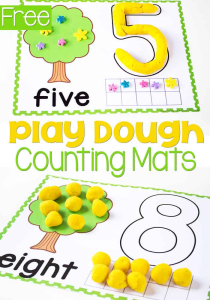
Create counting mats by drawing numbers on pieces of paper or using printable templates. Give your preschoolers playdough and instruct them to form the corresponding number of balls or shapes on each mat. They can count aloud as they mold the playdough, reinforcing number recognition and counting skills. This activity combines math learning with sensory play.
Playdough Pizza Parlor:
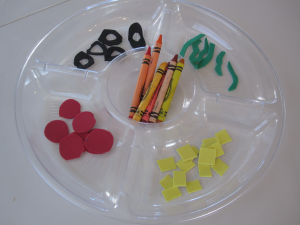
Set up a pretend pizza parlor by providing playdough in various colors and toy pizza toppings such as pepperoni, mushrooms, and cheese. Encourage your preschoolers to roll out the playdough into pizza crusts and add toppings to create their own unique pizzas. They can explore patterns, shapes, and colors while engaging in imaginative play. This activity promotes fine motor skills, creativity, and social interaction.
Playdough Shape Matching:
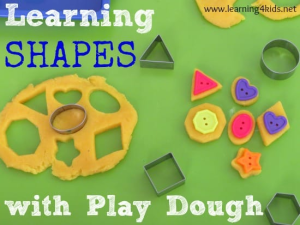
Create different shapes using playdough and cut them in half. Provide your preschoolers with the halves and challenge them to find the matching shapes by joining the pieces together. This activity helps develop shape recognition, problem-solving abilities, and fine motor skills as they manipulate and connect the playdough pieces.
Playdough Science Lab:
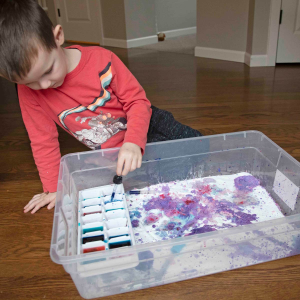
Turn your preschoolers into little scientists by setting up a playdough science lab. Provide them with tools like plastic pipettes, magnifying glasses, and small containers. Encourage them to experiment with mixing colors, creating reactions with baking soda and vinegar, or exploring the properties of different objects with playdough. This activity fosters scientific curiosity, observation skills, and creative thinking.
